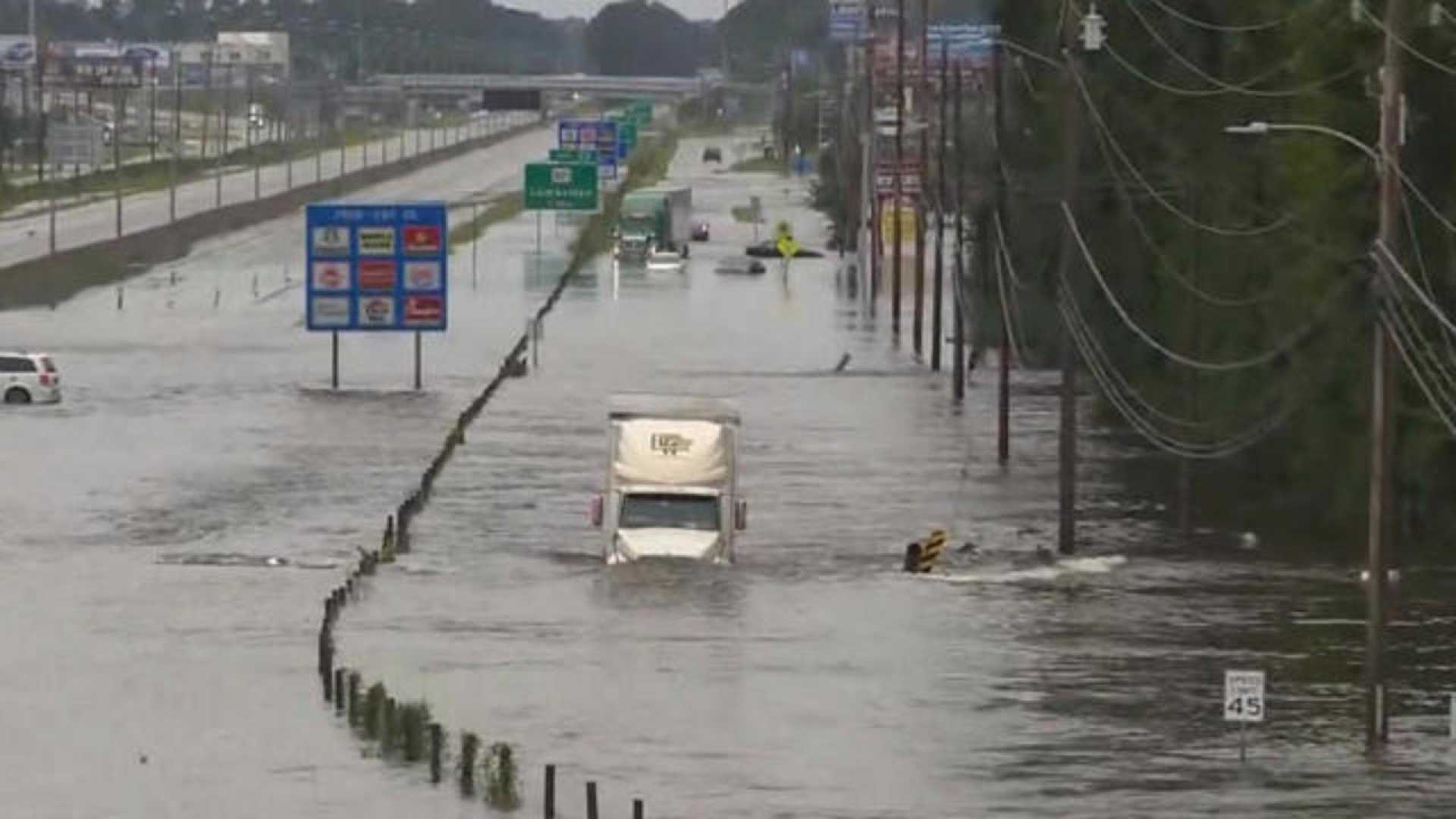News
Severe Flooding in North Carolina Prompts Evacuations and Fatalities

The remnants of a weakened hurricane have caused significant disruption in the Southeast United States, particularly affecting North Carolina. The tropical storm continues to inflict damage through powerful winds and torrential rainfall, with several regions experiencing severe flooding.
In Rutherford County, North Carolina, authorities have mandated evacuations for residents living near specific roads. This action was taken due to the Lake Lure Dam overflowing, as announced by Rutherford County’s Emergency Management. Residents in low-lying areas, such as Cleghorn, Union, and Green Hill, as well as Harris and Cliffside, are required to evacuate to higher ground.
“Residents are urged to seek higher ground now and obey all evacuation orders from Rutherford County Emergency Management to protect your life and the lives of your family,” stated an emergency alert from the county. The Rutherfordton Presbyterian Church has been designated as an evacuation center for affected individuals.
The National Weather Service (NWS) has issued flood warnings for multiple areas in Western North Carolina, encompassing Avery, Alleghany, Ashe, Watauga, Wilkes, and Boone counties. The flooding has been classified as “catastrophic,” with the Broad River‘s overwhelming flow contributing to the crisis. A Flash Flood Emergency remains in effect until the situation improves.
Tragic incidents have occurred amid the crisis. A four-year-old child lost their life in a traffic accident in Catawba County, which coincided with the onset of the storm. In Charlotte, a fatal accident occurred when a tree struck a home early on Friday morning. “This was a storm-related death,” Captain John Lipcsak of the Charlotte Fire Department reported to USA TODAY.
Meteorologist Clay Chaney of the NWS had previously advised residents to prepare for potentially life-threatening flooding and high winds as the storm approached the area. The storm initially made landfall in Florida before advancing north, bringing excessive rainfall as it moved.
Helene‘s outer rain bands were projected to dump an additional six to ten inches of rain over Western North Carolina, potentially exacerbating existing flood conditions. Weather officials continue to monitor the situation as they urge residents to adhere to safety protocols and evacuation directives.












